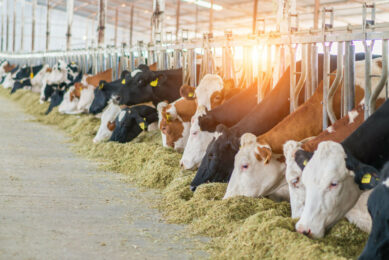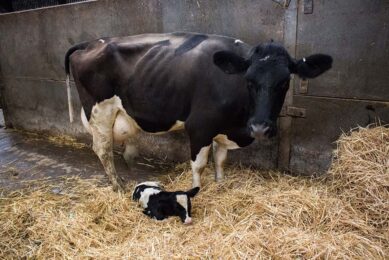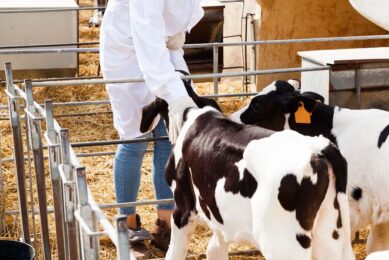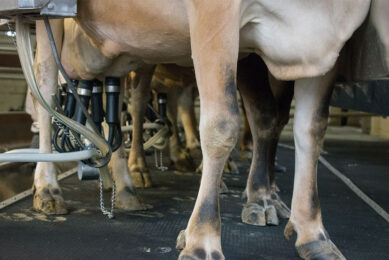How to effectively manage special needs cows
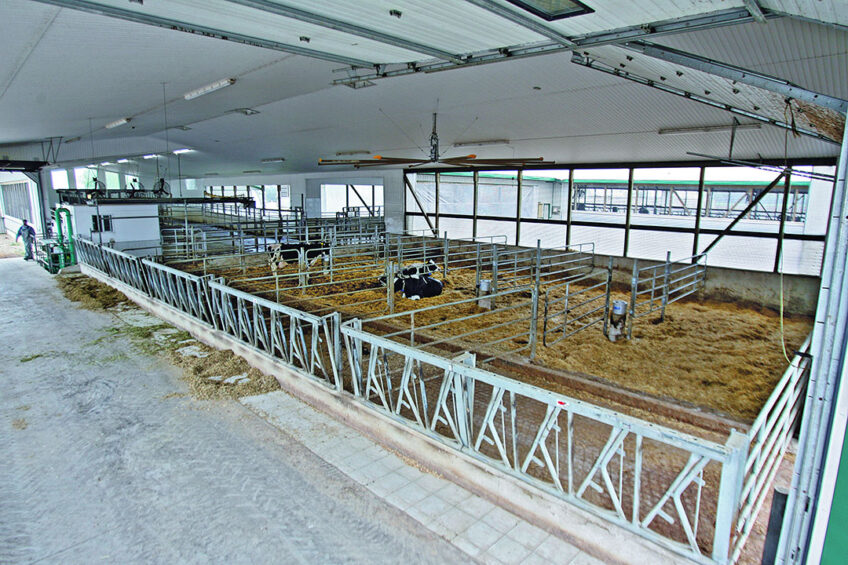
Challenge
It is vital to make sure that cows that have calved are taken care of in a proper manner as 75% of health problems appear in the first month after calving. Vulnerable and sick, recovering cows, and cows that are being treated are placed in the special needs groups. Ideally, you should place the cow in the special needs groups before any problems arise, if you act in time you will have fewer cows in the special needs groups. Comfortable housing and intensive care of these animals will pay off by reducing disease, increasing production, and improving fertility. So, what are some points to consider when it comes to the special needs group and the care area?

7 best practice approach points
1. Good facilities and equipment are needed, this should be top priority. Think of comfortable straw pens with easy access to feed and water. There should be no stress from heat, flies, or other cows. Putting special needs cows close to one another and near treatment facilities creates treatment and care areas which makes it easy to keep an eye on these cows.
2. The person in charge of this group should have clear instructions and be absolutely clear about the responsibility of treating these cows. Not only should the person have the knowledge to do so but also the skill and the right equipment and have enough time to carry out the tasks. Results of their work should be visible.
3. A good system should be in place – with standard procedures and treatment plans, monitored by the vet and supported by milk analyses, blood analysis, and animal checks.
4. Newly-calved cows find it difficult to walk, it would be better to position them close to the parlour. Milk them first, this way the parlour will be completely clean and the milkers will be fresh and have plenty of time. Also, the cows will not have to wait long in the holding area which would mean they could have more time to rest and eat. Marking newly-calved cows is a way to ensure that they have been checked everyday, for example if monitored for 10 days, they should have 10 markings on the 10th day.
5. Do not put cows with infectious diseases such as high cell count and mastitis in a group of newly-calved cows.
6. Do not put special needs cows in among pregnant cows or dry cows.
7. Be vigilant. This helps keep an eye on special needs cows and enables you to work quickly, easily and effectively.
For more Best Practices, click here

For more more practical dairy farming tips, check out these books.



